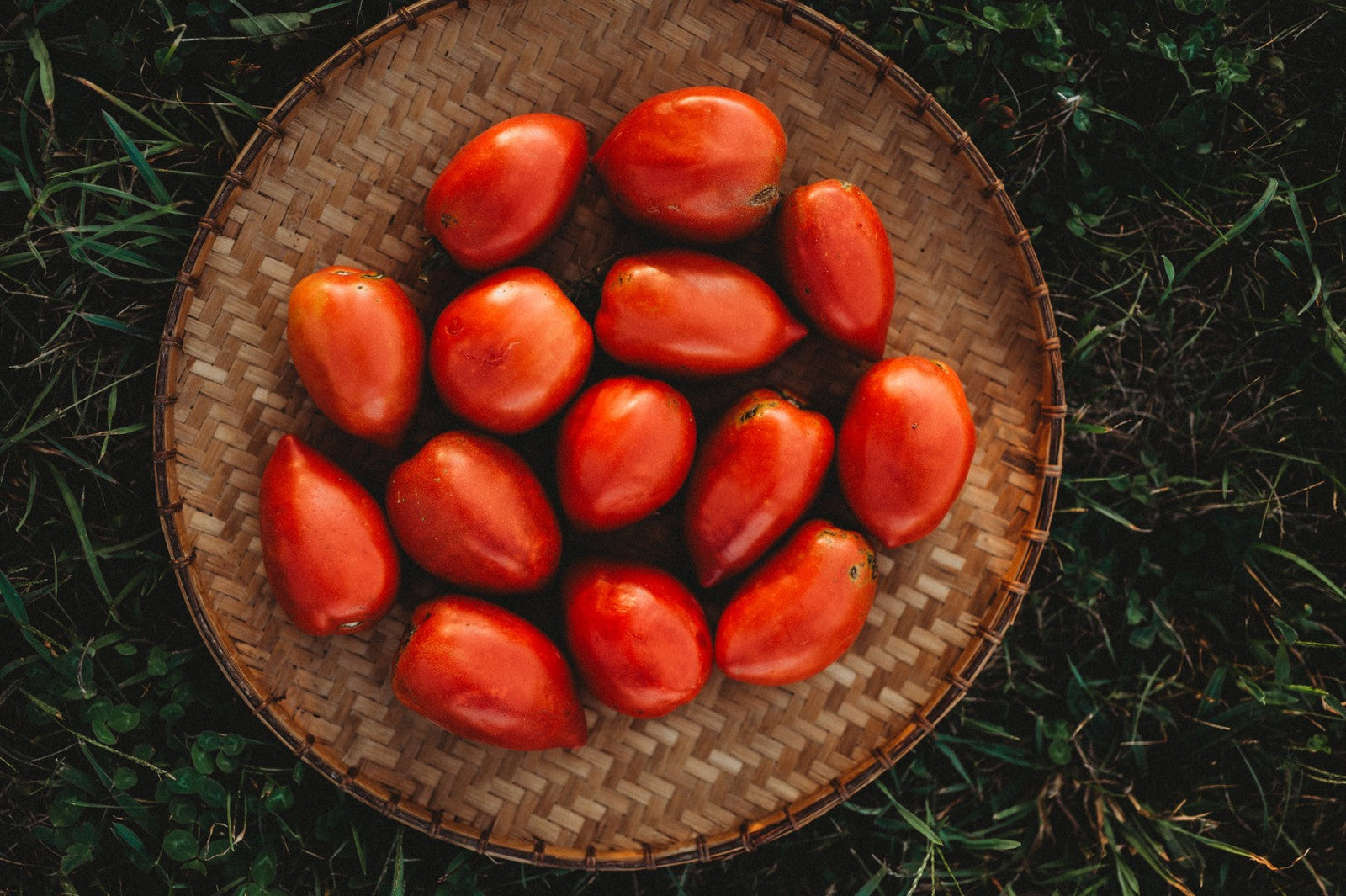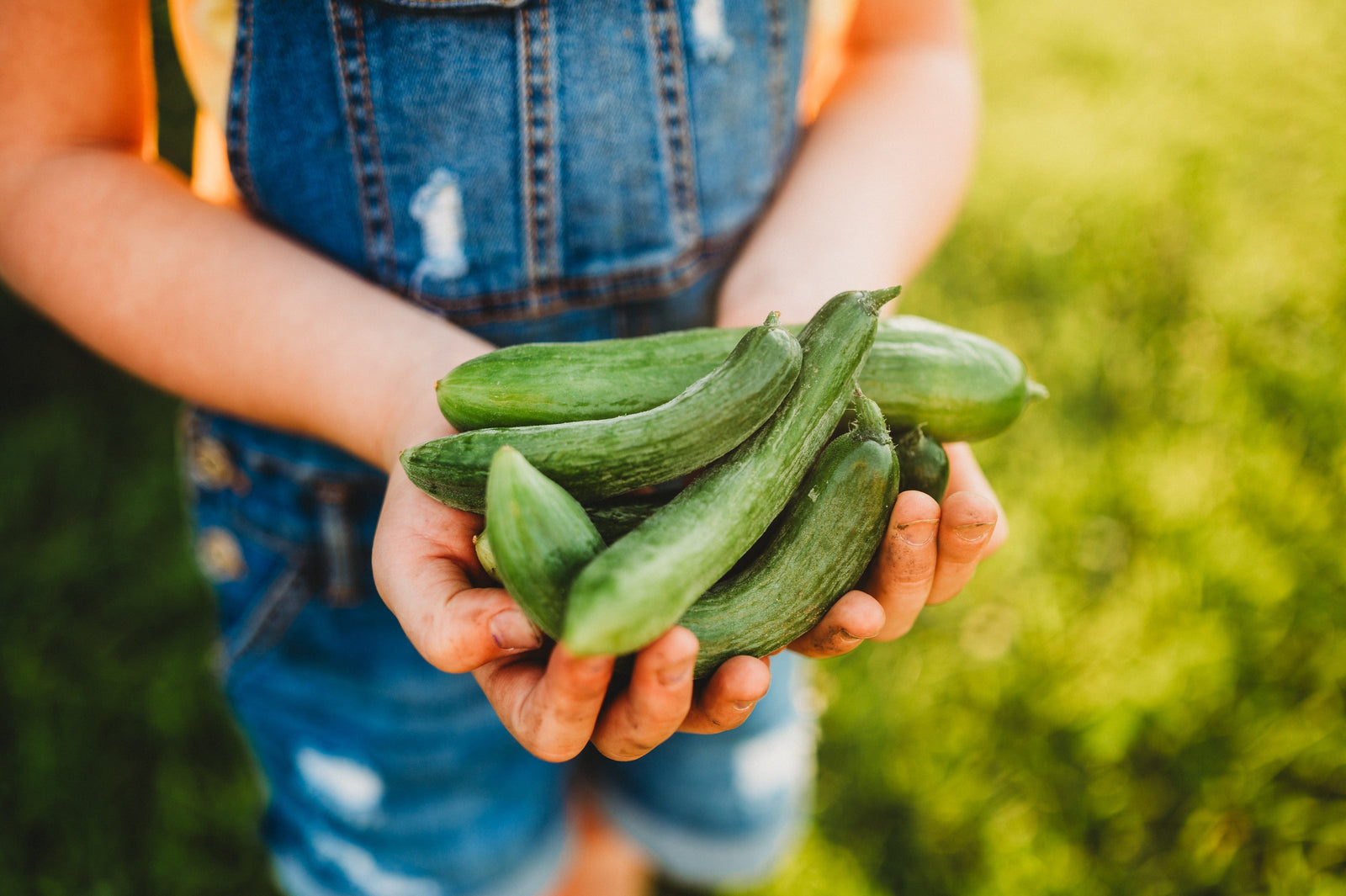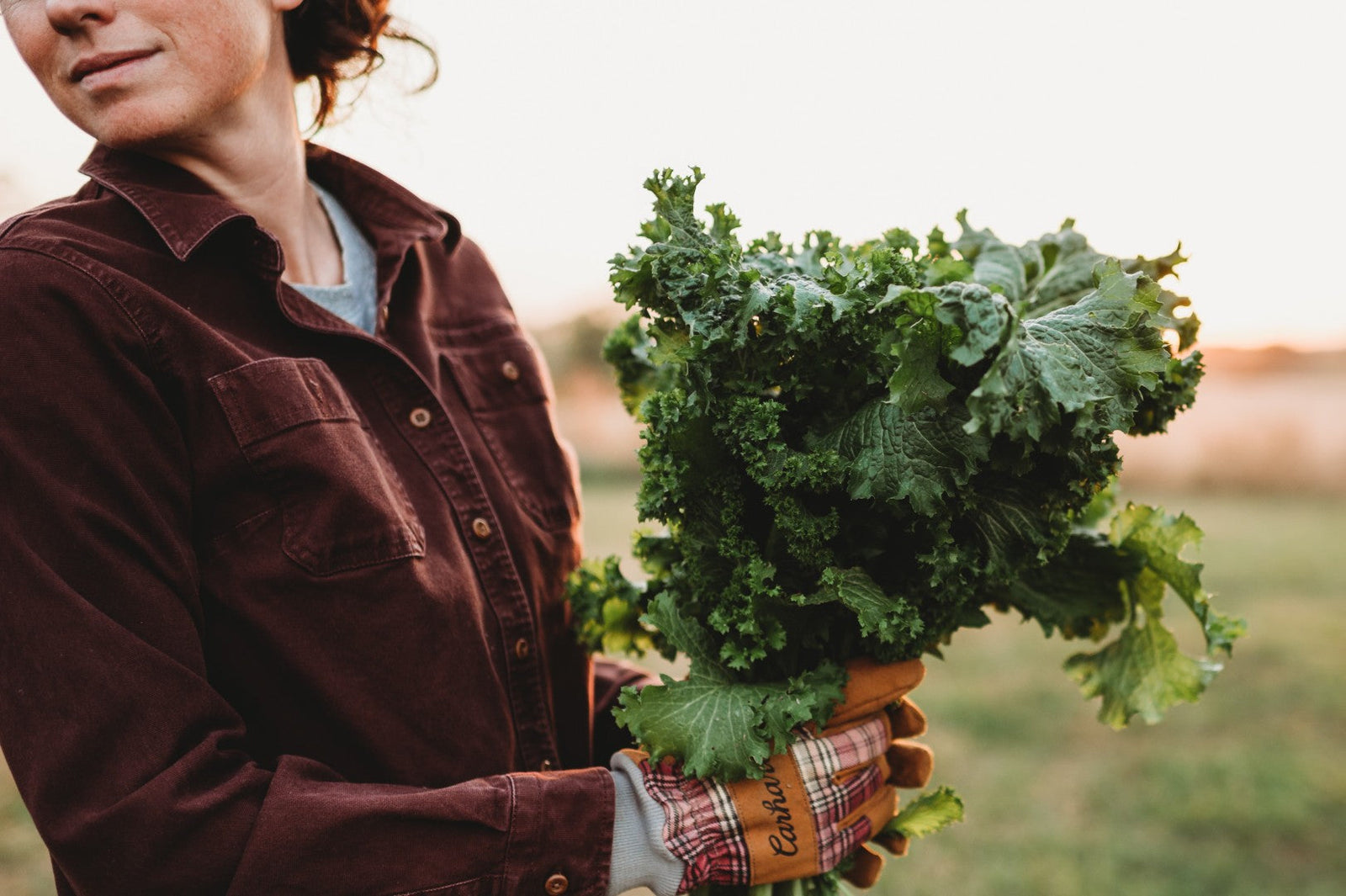There are seed saving projects that take some real work—beets need to be dug up and overwintered, tomato seeds have to be fermented to strip away their gelatinous coat, and cabbages often require a little surgery just to let the seed stalk emerge. But okra isn’t one of those. If you’ve got a few sturdy plants, some mature pods, and a good pair of nippers, you’re already well on your way to harvesting your own okra seeds.
In this article, we’ll walk you through the few simple steps it takes to start saving your own okra seed year after year. So grab your seed envelopes—before long, you’ll have more okra seeds than you know what to do with.
Briefly, Growing Okra
The first thing you’ll need to harvest okra seeds is—no surprise—okra plants. If you’re already standing in front of a row of towering stalks, wondering what to do with all those crispy pods, feel free to skip ahead to the next section.
For everyone else, here’s the quick version: okra thrives in full sun, warm weather, and well-drained soil. Wait until the ground has warmed to at least 65°F before sowing seeds directly outdoors. Plant them about a half-inch deep and give each plant a foot or so of space. Once established, okra grows quickly and can reach 5–6 feet tall in a single season, depending on the variety. Regular picking encourages tender pods, but if your goal is seed saving, just let a few pods mature fully on the plant.
| Timing is Key |
| Okra is a true heat lover, so you don’t want to plant it too early. But if your goal is seeds, you also need to start early enough to let the crop fully ripen. Harvesting green pods won’t work—trust me, I’ve tried. Add at least a month to the listed “days to maturity” to ensure the seeds have time to develop. |
While varieties like Clemson Spineless and Red Burgundy are widely available, some heirlooms are much harder to track down—and growing them helps keep these rarities alive. If you’d like to do a little preservation work in your own garden, here are a few special varieties worth considering:
- Hill Country Red – a Texas heirloom with sun-kissed red pods.
- Star of David – thick, chunky pods perfect for frying or stewing.
- Jing Orange – an Asian heirloom with grapefruit-colored pods and a tender bite.
- Angola Prison – a historic variety that originated behind the walls of Louisiana’s Angola penitentiary.
- Fife Creek Cowhorn – a graceful, long-podded heirloom that stays tender even at larger sizes.
Planting any of these keeps rare genetics in circulation and adds something unique to your garden.

Seed Saving Considerations
Okra is mostly self-pollinating, with each flower containing both male and female parts. That said, the big, showy blossoms churn out tons of pollen and are irresistible to bees. If you’re growing more than one variety at the same time, expect some crossing.
To keep your seed strain true, you’ve got a few options. You can grow just one variety each year (no worries—okra seeds store well for several seasons), you can isolate varieties by at least a mile, or—if you’re not exactly a land baron—you can bag the flowers to exclude pollinators. For most of us, that last option is the most practical.
Bagging is simple: slip a fine mesh bag (organza gift bags work perfectly) over a flower bud just before it opens—it should be fat with green stripes at this point. Secure it tightly with the drawstring or a bit of masking tape. We're going for bee-proof here.
Once the bloom has finished and the tiny pod begins to swell, you can remove the bag—the pollination has already happened, and the pod will develop pure seed inside.
Harvesting Seed
Saving okra seed is about as straightforward as it gets. Simply let a few pods remain on the plant until they dry completely. Mature pods often start to split along the ribs once the seeds inside are ready, though they won’t shatter or spill like some kinds of beans.
When you see those seams beginning to separate, clip the pods from the plant with a sturdy pair of pruners. The dried shells can be tough and spiky, so gloves are a good idea. To extract the seeds, squeeze along the furrows and the round, blackish-green seeds will tumble out. A quick winnowing removes bits of pod and dust, leaving you with clean seed ready for storage.

How to Store Okra Seeds
Once you’ve cleaned your seed, proper storage is the key to keeping it viable. Place the dry seeds in an airtight container—glass jars with canning lids or sealed envelopes work well. Store them in a cool, dark, and dry spot, such as a basement or pantry. Some people store them in the fridge, but we've found it's best to keep it simple—pick a spot that won't be influenced when a kid leaves the produce drawer open and consequently, the door ajar (wink).
Oh, and don't forget to label your container with the variety and date so you’ll know exactly what you’ve got when planting season rolls around.

How Long Does Okra Seed Last?
Okra seed, when stored under cool, dry conditions, will stay viable for about five years. That means you don’t have to save seed every single season—though once you see how easy it is, you just might.
When in doubt: If you’re working with older seed, a quick germination test can help you gauge viability. While paper towel tests often underreport germination, testing in soil gives a more accurate read. Plant around 20 seeds indoors in moist soil, wait 7–14 days, then calculate your germination rate. If it’s on the low side, simply sow more thickly in the garden and thin to the desired stand.

In Summary
Saving okra seed is one of the simplest projects a gardener can take on. With just a few plants and a handful of mature pods, in about 15 minutes you’ll have enough seed to keep okra in your garden for years to come. It doesn’t take fancy equipment or special skills—just the willingness to let a few pods dry on the stalk and tuck the seeds away for next season.
Want to start building your own okra seed collection? We've got a great selection of rare and unique heirloom okra seeds to get you started.








